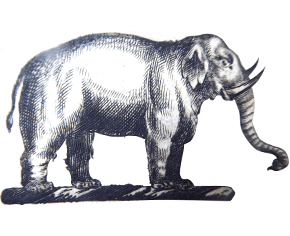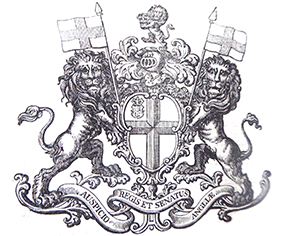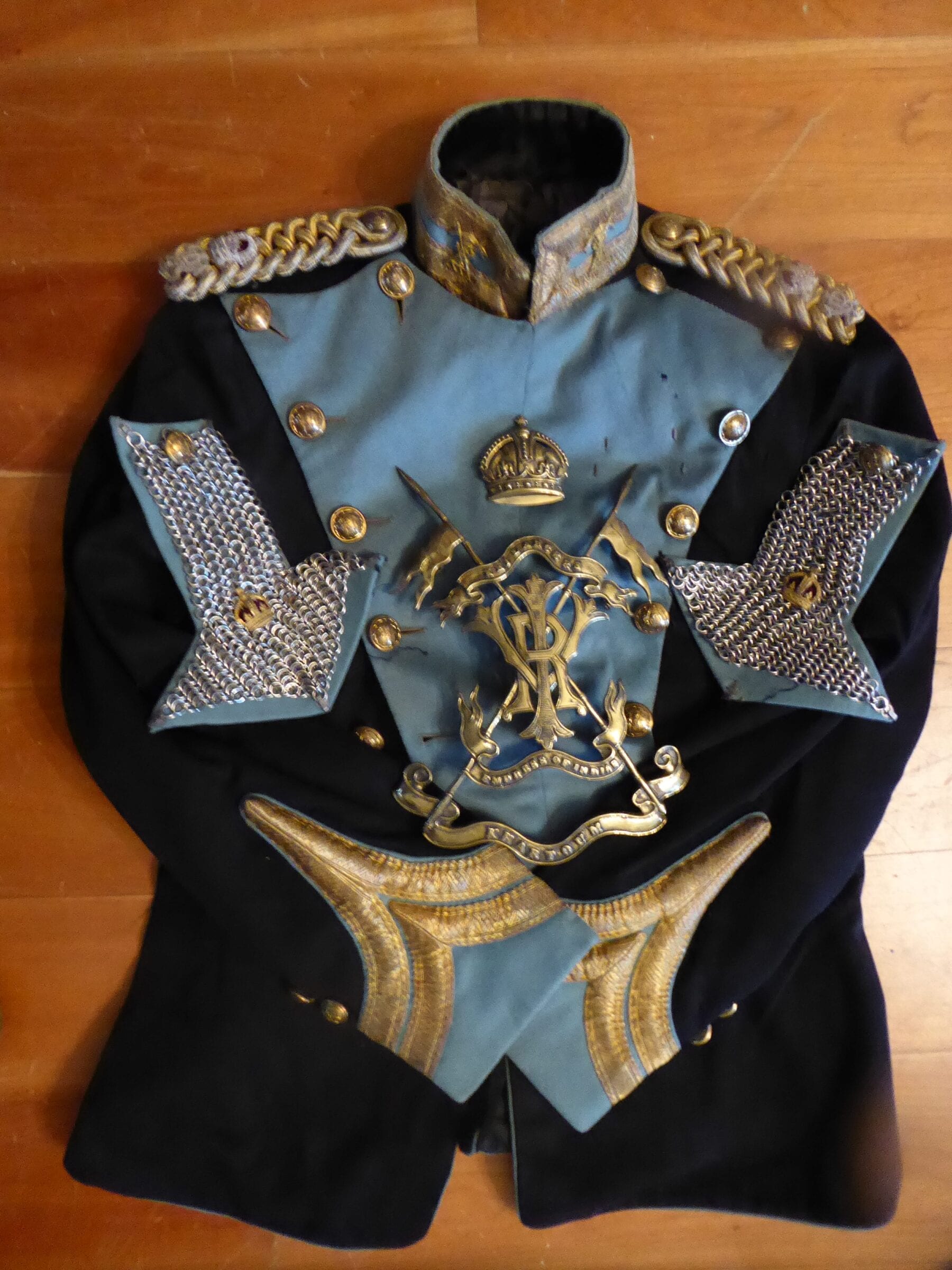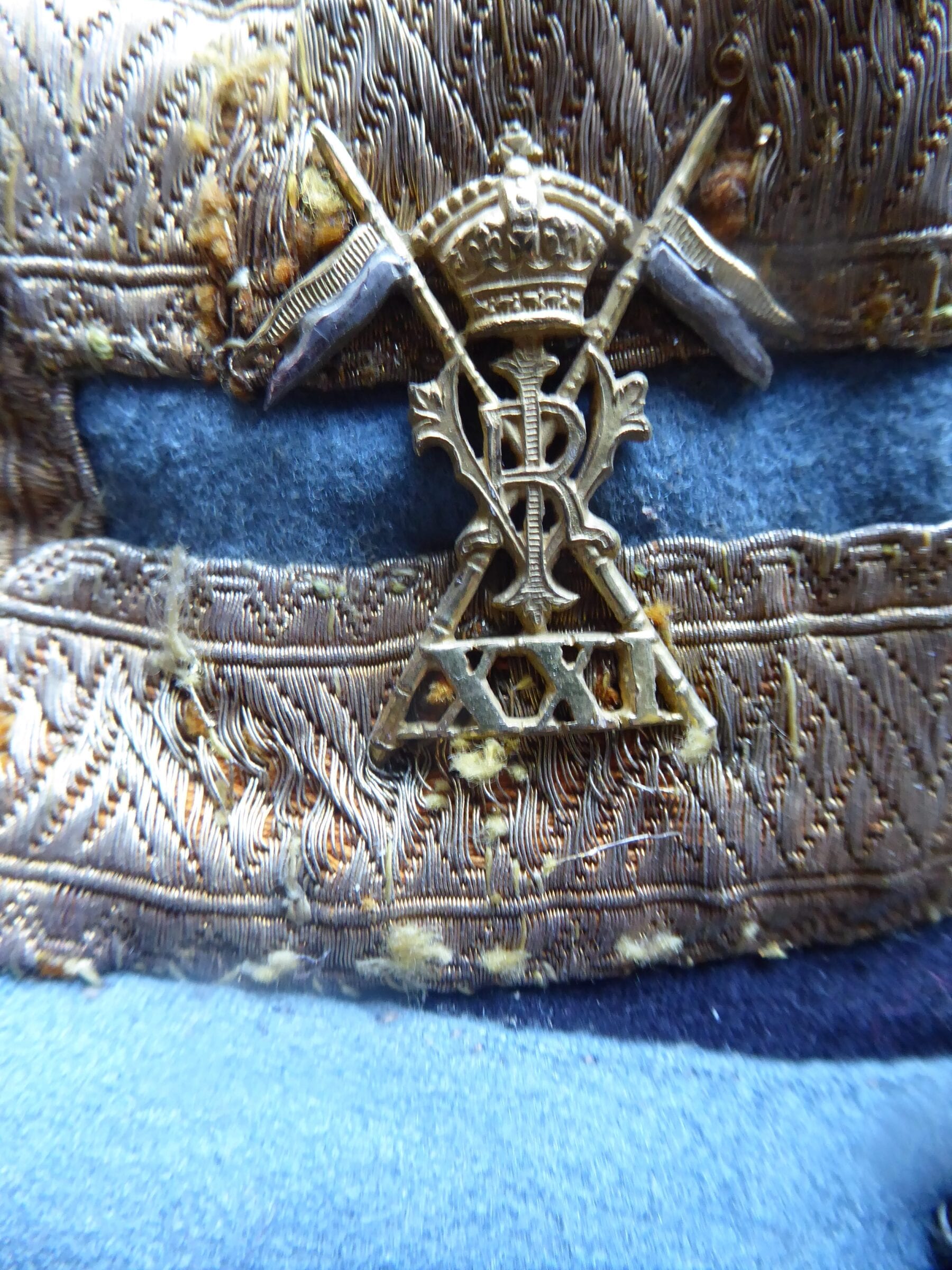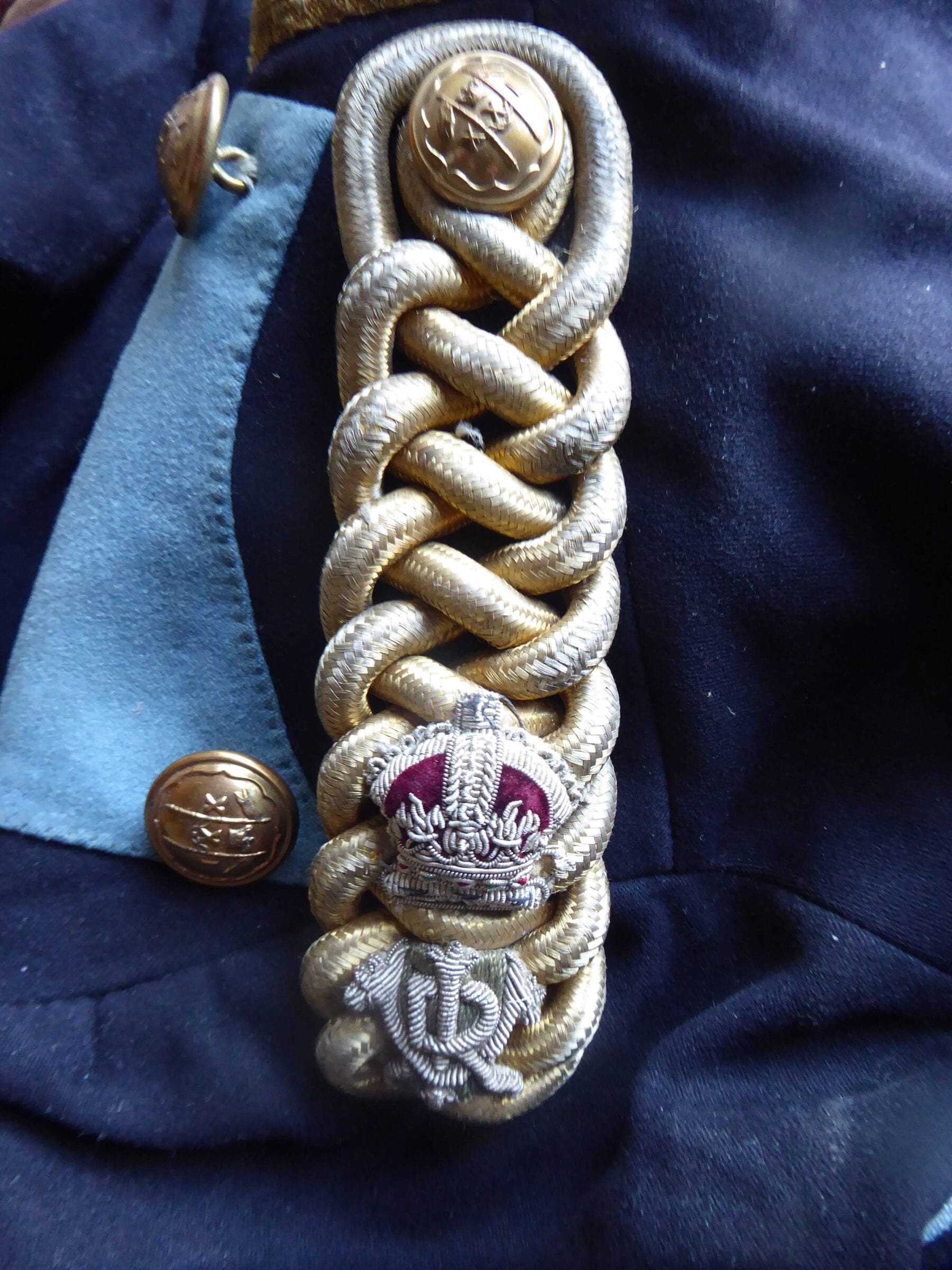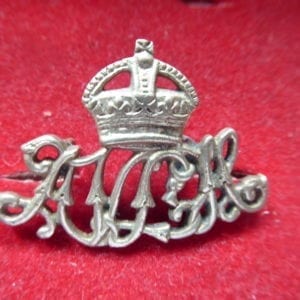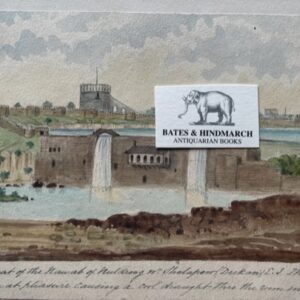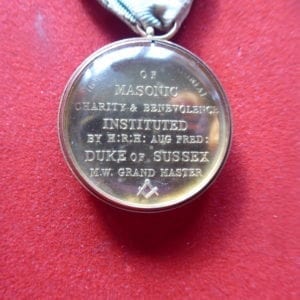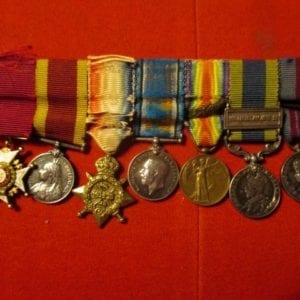21st Empress of India’s lancers. Part of a small collection of uniform items
POA
Shown here are a few of the items which belonged to a field officer of the 21st Empress of India’s Lancers in the late Victorian and Edwardian eras.The major’s full dress uniform is complete with all its original Victorian buttons and badges. The distinctive plastron front and facings are of the pale Star of India blue and the cuffs have the double chevron of a field officer. The original owner almost certainly will have ridden with the regiment in the famous last charge of the British cavalry at Omdurman against the dervishes of the Mahdi – a charge in which Winston Churchill also rode with the 21st. Also in the image are a pair of detachable Edwardian epaulettes on the distinctive faving colour and a large brass two piece Edwardian badge from one the drum horse’s kettle drums. These items, along with a few other uniforms from the same source are currently being assessed.
The items in the photograph are now all sold but we are leaving this listing because there are other items currently for sale on the site which have the same provenance.
21st EMPRESS OF INDIA’S LANCERS.
A significant group of items of military uniform which belonged to a field officer serving in the regiment in the 1897 – 1905 period.
We have not yet been able to confirm the name of the officer to which these items belonged but the uniforms tell the story of an officer who was a major before 1901 and remained in it during at least part of the Edwardian era. His full dress uniform shows that he had a considerable group of medals and there are also loops for the fixing of a breast star. None of the majors who served in that period seems to have held a knighthood but it is quite possible that this one had foreign order – most likely an Egyptian one which could have been awarded as a result of the regiment’s very high profile service in the 1898/99 campaign in the Sudan. There were only three majors serving in the regiment at the crucial 1898 to 1902 when these uniforms were in use. The one who seems to fit the requirements is Major John Fowle who was commissioned in 1881, served with the Light Camel Regiment in the Egypt campaign of 1884, became a major in 1898 and was promoted to Lieutenant Colonel in 1902. He commanded B Squadron at Omdurman where he was mentioned in despatches, and crucially was awarded the Ottoman Order of Osmanieh. The other major commanding A Squadron [C & D were commanded by captains], Harry Finn was given a brevet of Lt Col after the battle. The regiment can trace its origins back to 1760 as the 21st Light Dragoons but it went through several guises before becoming the 21st Hussars and finally being designated 21st Lancers in 1897, receiving the additional honour of becoming “Empress of India’s Lancers” the following year. The title accounts for the extremely unusual honour for a British regiment of bearing the royal cypher VRI rather than the more usual VR: this was usually used only by units of the British Indian Army.
At Khartoum Kitchener, commanding the force, selected the 21st to scout the land before Omdurman and they made a famous charge against far larger Mahdist forces than had been thought to occupy the area. In September 1898 the young Lieutenant Winston Churchill, although himself a 4th Hussar, took part in what is often described as the last full scale cavalry charge of the British Army when he rode with the four squadrons of the 21st Lancers. The regiment suffered huge casualties and three members received a Victoria Cross for that day. The event was recorded in the painting of Major Edward Matthew Hale, now in the National Army Museum.
Sold
